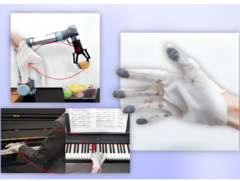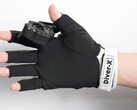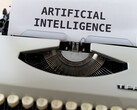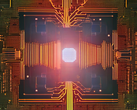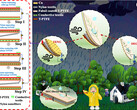Human-machine interface would be the correct term for newly developed glove. It does not simply transfer movements from one hand to virtual reality or, in the luxury version, can even provide feedback.
The technology presented by a research group at MIT is manufactured and adapted specifically for each person. Thanks to a special printing process, the procedure is said to take just 10 minutes.
In fact, a real set-up is only carried out afterwards, which of course involves machine learning. Thanks to AI, the movements and haptics are transferred via sensors between different hands and also differing sensitivities.
In more playful demonstrations, the movement sequence for playing the piano was passed on from an experienced musician to a beginner. Computer players without experience could also master a game by transmitting the movement to them via a glove.
The practical use of this is irrelevant, it's all about the principle. But it gets really exciting when a robotic arm, which is only connected via video, imitates a movement performed with the smart glove.
If there is then feedback regarding resistance that can be felt, the real potential of the smart invention becomes apparent.
It starts with the training of future pilots or surgeons to teach movement sequences and a feeling for machines or even human tissue.
It extends to the use of these robots in inhospitable environments, be it in a nuclear reactor being dismantled or at a blast furnace.
And finally, it would even be conceivable to perform an operation with a robotic arm and perhaps even medical staff present. However, the specialist himself is sitting far away, but can still operate thanks to a smart glove and perfectly coordinated feedback - as long as the mobile network is stable.
There are still many improvements and further developments to come. However, the combination of a perfectly adapted glove with sensors and artificial intelligence for the optimal transmission of haptics has already passed its first test:
A robotic hand has been able to correctly differentiate between types of bread just by feeling. If that's nothing.


